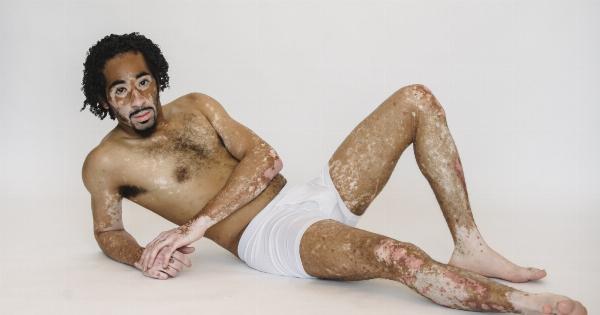Hormonal changes are generally associated with women and their menopause, but men also experience hormonal changes as they age. These changes can cause a variety of symptoms that are often overlooked or attributed to other factors.
Male hormonal change can be a silent menace that goes undetected and untreated.
Understanding Male Hormonal Change
Male hormonal change is usually associated with a decrease in testosterone levels. Testosterone is the male hormone that is responsible for the development of male sex organs, muscle mass, and bone density.
As men age, their testosterone levels naturally decline, but some men may experience a significant decrease in testosterone levels that can lead to a condition called hypogonadism.
The Symptoms of Male Hormonal Change
The symptoms of male hormonal change can be subtle and may not be noticed at first. Some of the most common symptoms include:.
- Decrease in energy levels
- Decrease in muscle mass
- Increase in body fat
- Decrease in bone density
- Decrease in libido
- Erectile dysfunction
- Depression
These symptoms can have a significant impact on a man’s quality of life, but they are often attributed to aging or other factors.
The Dangers of Untreated Male Hormonal Change
Untreated male hormonal change can lead to a variety of health problems. Decreased bone density can lead to osteoporosis, a condition where bones become weak and brittle.
Decreased muscle mass can lead to sarcopenia, a condition where muscles become weak and atrophy. These conditions can increase the risk of falls and fractures, which can be especially dangerous in older men.
Untreated male hormonal change can also lead to an increased risk of cardiovascular disease, diabetes, and metabolic syndrome.
Testosterone is involved in the regulation of insulin and glucose metabolism, and a decrease in testosterone levels can lead to insulin resistance and other metabolic problems.
Untreated male hormonal change can also have psychological effects. Depression and anxiety are common symptoms of hypogonadism, and these conditions can have a significant impact on a man’s quality of life.
Diagnosis of Male Hormonal Change
The diagnosis of male hormonal change can be difficult because the symptoms are often attributed to other factors.
A blood test can be used to measure testosterone levels, but there is no consensus on what constitutes “low” levels of testosterone. Symptoms and testosterone levels should both be considered when diagnosing hypogonadism.
Treatment of Male Hormonal Change
The treatment of male hormonal change depends on the severity of the symptoms and the underlying cause. Testosterone replacement therapy is commonly used to treat hypogonadism, but it is not without risks.
Testosterone replacement therapy can increase the risk of prostate cancer, and it can also cause fluid retention, acne, and sleep apnea.
Lifestyle changes, such as exercise and a healthy diet, can also help to improve symptoms of male hormonal change. Weight loss can help to decrease body fat and increase muscle mass, which can improve energy levels and libido.
Resistance training can also help to increase muscle mass and bone density.
Conclusion
Male hormonal change can be a silent menace that goes undetected and untreated. The symptoms of hypogonadism can have a significant impact on a man’s quality of life and can lead to serious health problems.
It is important for men to be aware of the symptoms of male hormonal change and to seek treatment if necessary.































